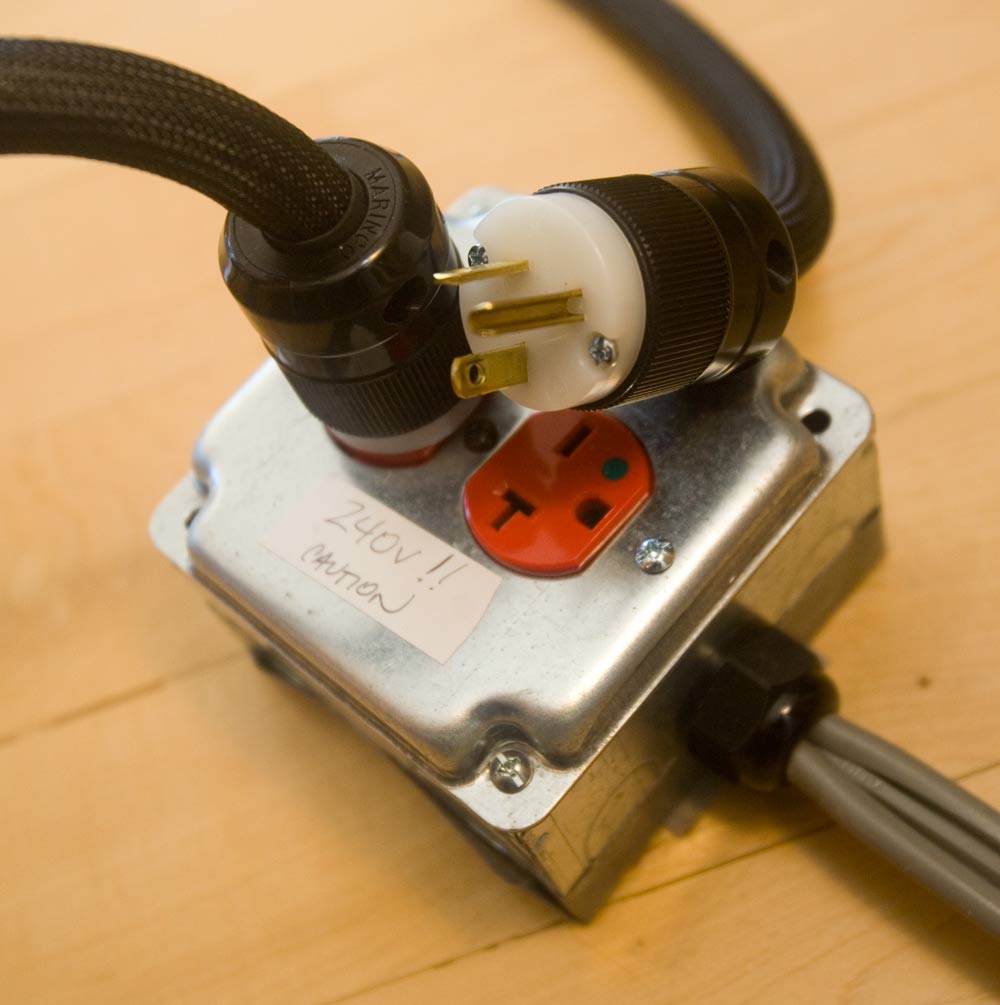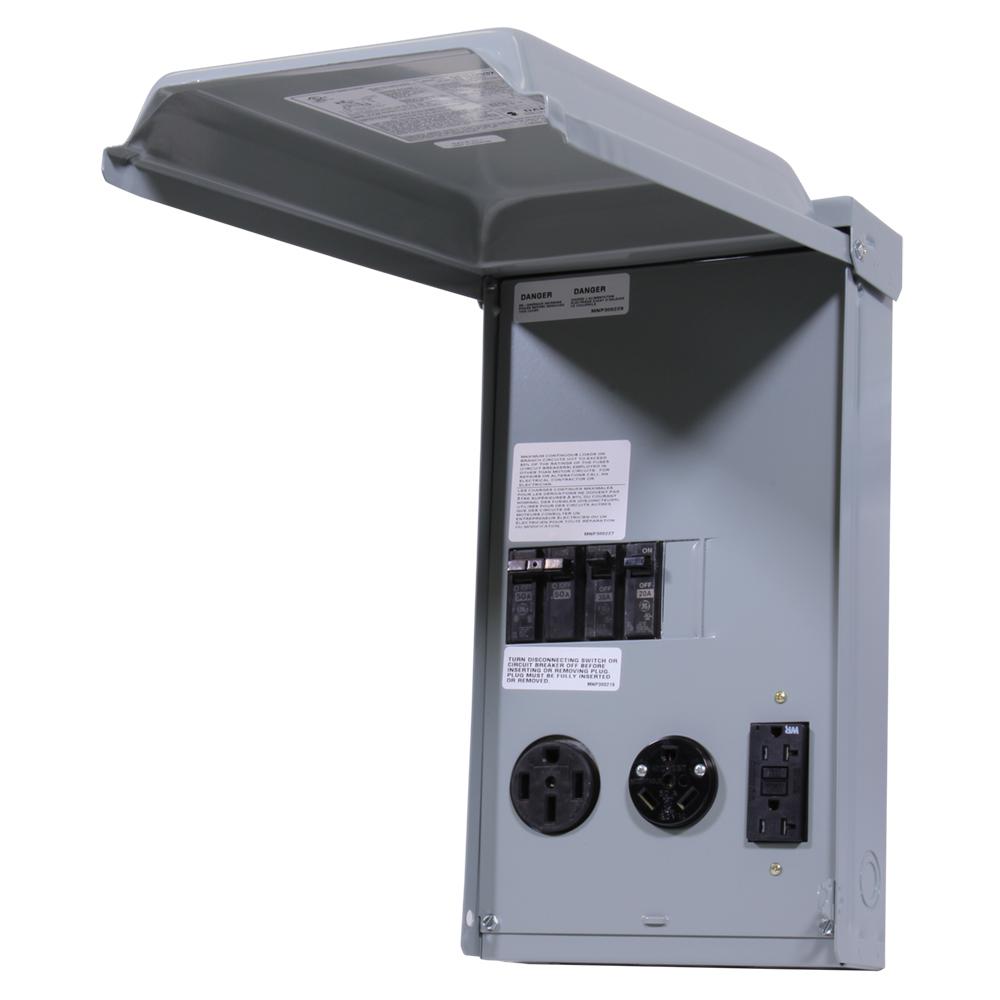
240 volt outlet code#
At the beginning of article 430 there is a flow diagram that breaks down the article into the parts and the sections of the code that apply to each part, and the reference to the correct article, not contained in 430, that apply. The particular section of the NEC that deals with motors is Article 430. These are protected by selecting the correct breaker size. The wires, or conductors, or branch circuit need to be protected. This is accomplished by determining the correct size wiring to carry the current. Whether there is a single motor, or multiple motors. There's got to be more to it than just what you stated because it seems to me that way lies madness.There are two things that need protection on a motor circuit. Now you're looking a a possible simultaneous draw of up to 180 amps. But now you have 20 amp outlets on a 60 amp circuit.? So, increase the receptacles to 60 amp capacity. So, adding a 60 amp breaker makes it a 60 amp circuit.
240 volt outlet full#
But without a 60 amp breaker, you couldn't use the 3 outlets simultaneously at their full capacity. Therefore you would need wire with a 60 amp capacity. Simultaneous use could draw current up to 60 amps. Say you have 3 20 amp outlets on the circuit. Seems like there are some inherent contradictions in that requirement as stated. Ask the inspector what the "best way" to do it would be, and what would they be looking for on the inspection.Īny particular idea as to why this might be a requirement and, more to the point, how would it be implemented.

You have a relationship established with the local inspector. If the breaker panel is not in your shop area, consider placing a subpanel off the main panel breaker to assist you in having more flexibility meeting the line of sight disconnect requirements should that become an issue. In the scenario you described you may be better off running a complete seperate circuit from the breaker,and "spare" the existing circuit to the electric range for future reuse. In a small shop though, it may be easier, and more cost effective to run seperate circuits depending on the layout, machinery involved and the local inspectors interpertation and application of the code requirements. There is a little flowchart at the beginning of the motors sections that guides you through it. The motors section of the NEC has covers this. Placing multiple motors on a single 220 circuit requires that the branch, and breaker be sized accordingly to run multiple 220 loads simultaneously. I believe that the reason that you read "there can only be one" is that typically 220 supplies motors in the shop. These wires must be individually protected with the proper size breaker, hence the sub-panel.īill There is nothing in the NEC that precludes multiple outlets off a 220 branch circuit. You will want to step down to smaller wire for most of your tool outlets.

For anything short of a welder plug or a range plug, that is too big. The main problem with using your existing wire alone is that the breaker in the panel upstairs is also probably 50 amp.
240 volt outlet install#
If the stove wire happens to be 6/4 romex, I would install a sub panel with a 50 amp breaker as a main disconnect. That would be an easy way to terminate the existing wire and provide a good take off point for extra circuits. of basement and ran multiple circuits without a hitch and passed inspection) but I don't know what's kosher with 240.Bill, if the stove wire is 4-wire you could use it to feed a sub panel in the basement. What about two or three outlets on the same 240-volt line? I'm fairly familiar with 120-volt wiring conventions (I recently finished 1300 sq. I have a gas stove, so I could re-route the line entirely and put the outlet down in the shop. A 240-volt line runs between the floor joists directly above my basement shop on the way to an outlet upstairs behind the stove.


 0 kommentar(er)
0 kommentar(er)
